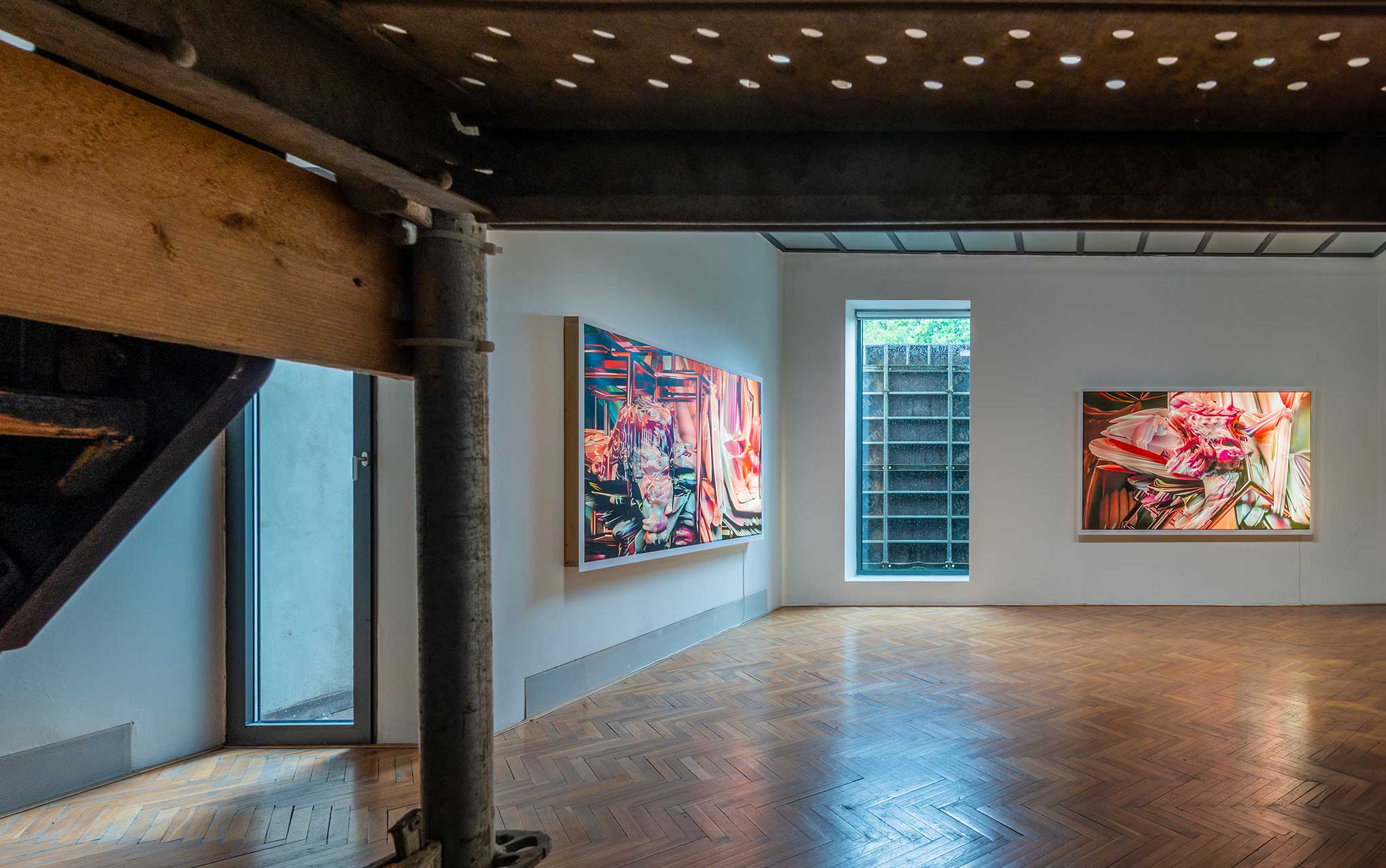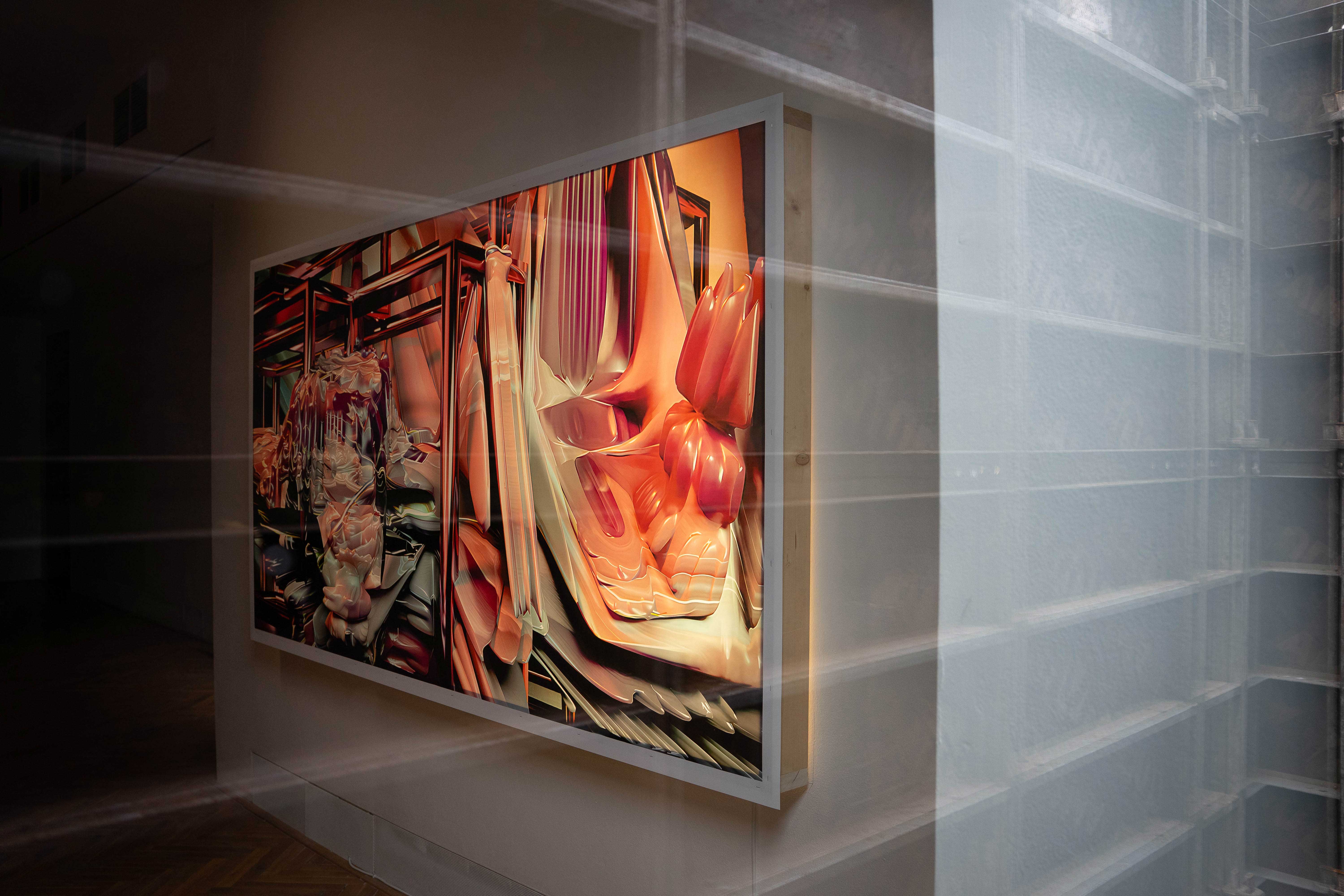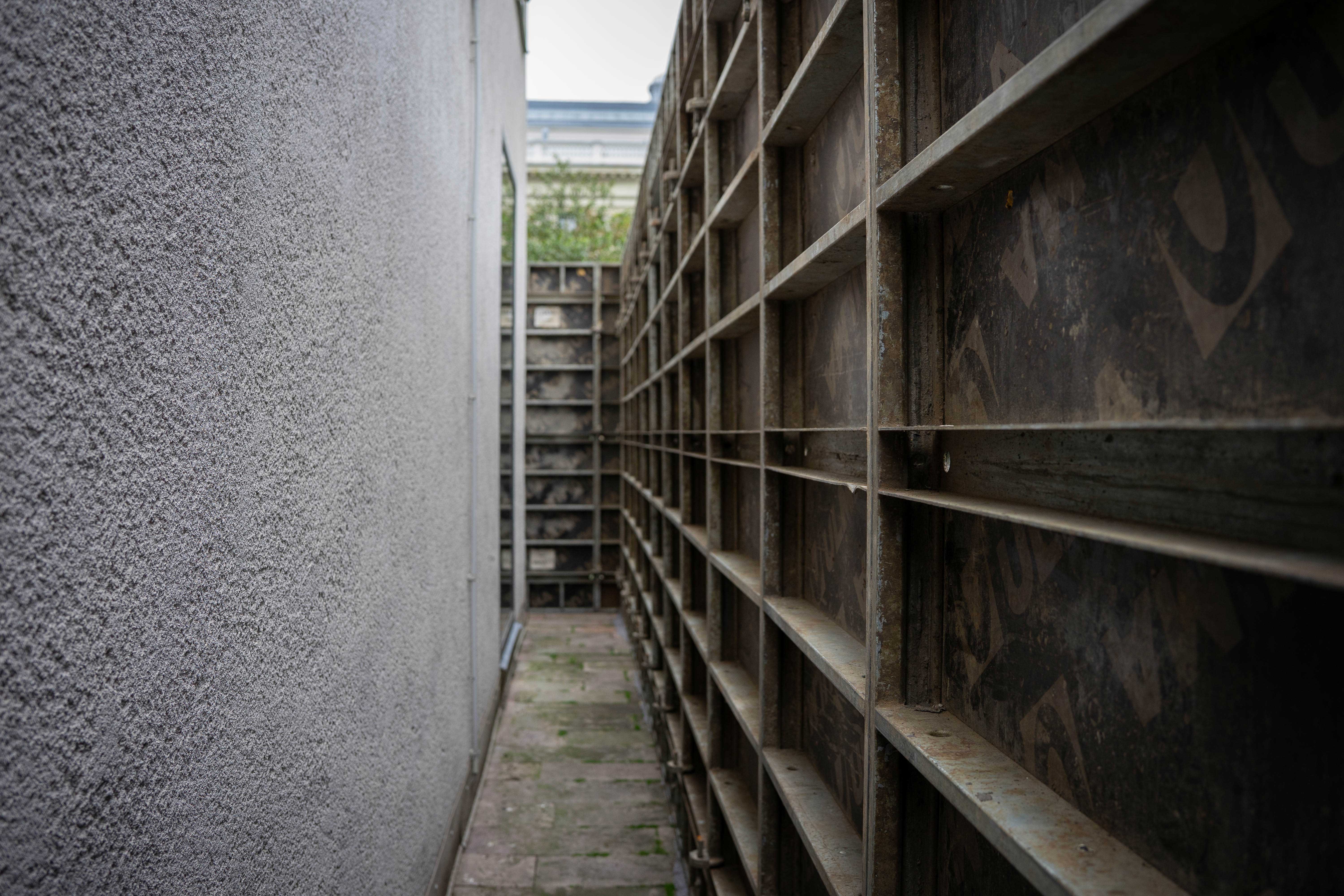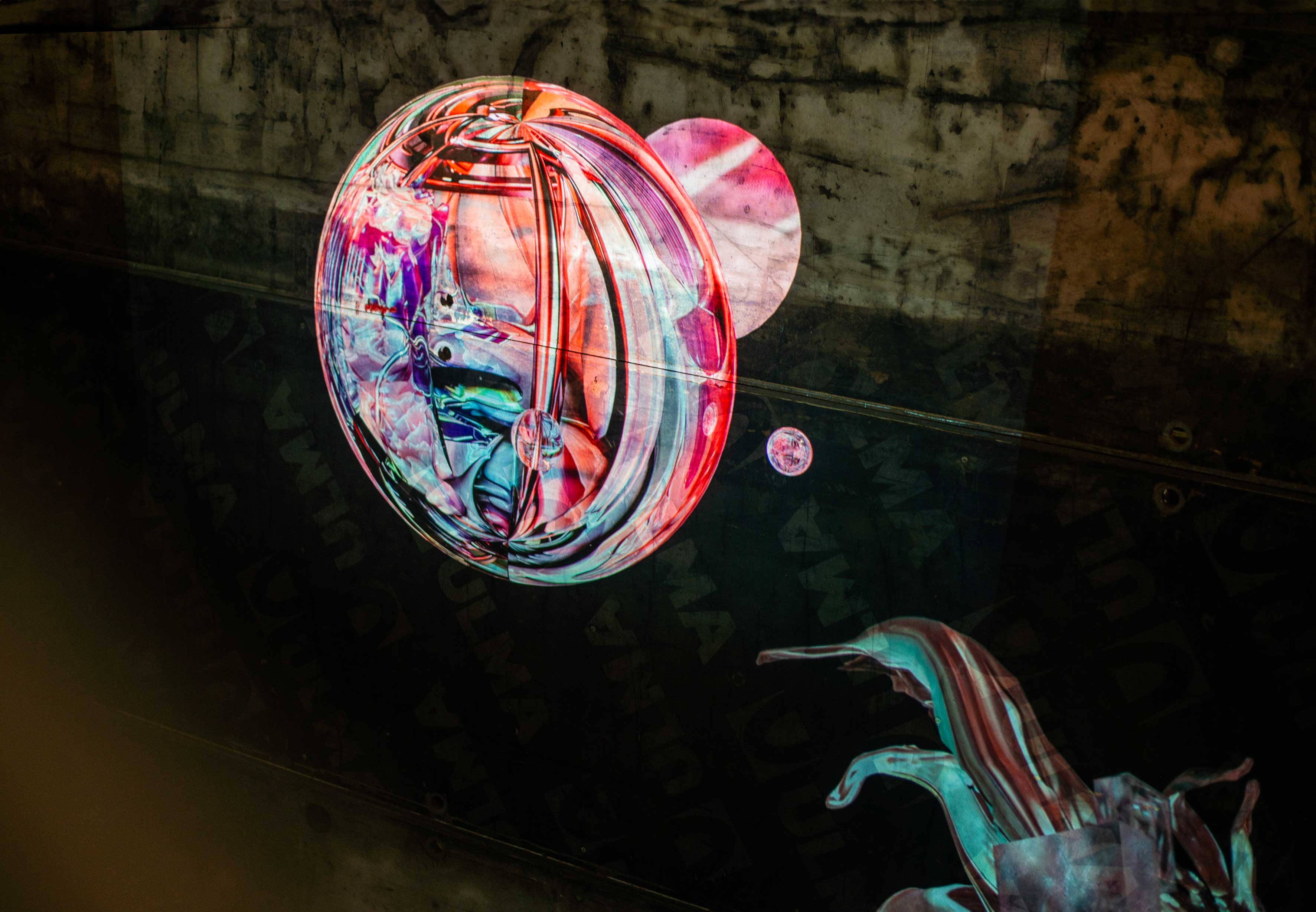2025
collaborative project with Michal Palascak for the House of Arts, Jaroslav Kral gallery (Dům umění mšsta Brna, Galerie Jaroslava Krále)
curator: Rosta Koryčanek
11-6. - 10.8. 2025
One of the most famous and also most influential statements about architecture comes from Le Corbusier, a co-founder of modern architecture, who said that “a house is a machine for living in.”
To some extent, this phrase sums up the modernist view of architecture, which emphasizes functionality and efficiency in living. The house, in this view, should serve its inhabitants as purposefully and controllably as a machine.
The rise of utility, clarity, optimality, and economy at the same time stripped the traditional concept of the house of all its charm. There was no longer room for poetry, drama, romance, or mystery in architecture.
This thoroughly rational approach to thinking about architecture deprived it of a dimension that allows buildings to coexist with humans. Even Le Corbusier himself eventually reflected on the anthropological setting of architecture when, a few years later, he proposed universal building measurements called the Modulor, which were based on human dimensions and the harmonious relationships found in nature.
To some extent, this phrase sums up the modernist view of architecture, which emphasizes functionality and efficiency in living. The house, in this view, should serve its inhabitants as purposefully and controllably as a machine.
The rise of utility, clarity, optimality, and economy at the same time stripped the traditional concept of the house of all its charm. There was no longer room for poetry, drama, romance, or mystery in architecture.
This thoroughly rational approach to thinking about architecture deprived it of a dimension that allows buildings to coexist with humans. Even Le Corbusier himself eventually reflected on the anthropological setting of architecture when, a few years later, he proposed universal building measurements called the Modulor, which were based on human dimensions and the harmonious relationships found in nature.
Helena Lukášová and Michal Palaščak decided to show viewers one house in a way that makes it feel as if we’re looking into an anatomical atlas of architecture. That house is the art studios of the Faculty of Education at Masaryk University, built in 2023 to a design by Michal Palaščak.
Their representation resembles drawings of skeletal systems with muscle mass or organs. The revealed “innards” and internal processes of the house evoke an entity that invites investigation, understanding, and discovery.
It was as if he wanted to smuggle design principles from ancient Greece into modern architecture, where the proportions of the Doric column corresponded to the proportions of the male body.
But what if we accepted that a house is a humanized substance, which—just like a person—can have a specific character, a distinct physiognomy, and a complex physiology?
Their representation resembles drawings of skeletal systems with muscle mass or organs. The revealed “innards” and internal processes of the house evoke an entity that invites investigation, understanding, and discovery.
It was as if he wanted to smuggle design principles from ancient Greece into modern architecture, where the proportions of the Doric column corresponded to the proportions of the male body.
But what if we accepted that a house is a humanized substance, which—just like a person—can have a specific character, a distinct physiognomy, and a complex physiology?
If we agreed to play this game, we could begin to explore the inner workings of houses, their moods and impulses. We could observe how they experience time, how they age, or how their relationship with their inhabitants gradually develops—how their hostility grows, or conversely, their openness or affection.
Perhaps such playing with, and likening a house to, a person or organism would enable a form of description that could convey to the viewer something usually tied to the direct experience of architecture—that is, being in the house itself. Not always just seeing an exhibition about it.
Rather than being a machine for living in, the house is an organism prepared for coexistence, in which the house offers utility and the human repays it with meaning. But it can also be that the house helps reveal the meaning of human activity—more or less practical—taking place within it.
Text by Rosta Korycanek
Perhaps such playing with, and likening a house to, a person or organism would enable a form of description that could convey to the viewer something usually tied to the direct experience of architecture—that is, being in the house itself. Not always just seeing an exhibition about it.
Rather than being a machine for living in, the house is an organism prepared for coexistence, in which the house offers utility and the human repays it with meaning. But it can also be that the house helps reveal the meaning of human activity—more or less practical—taking place within it.
Text by Rosta Korycanek








